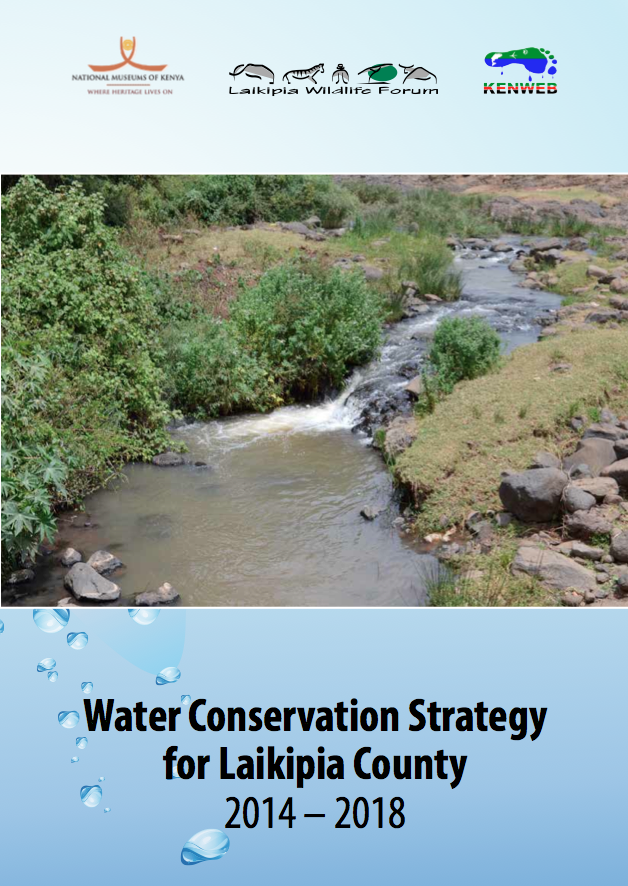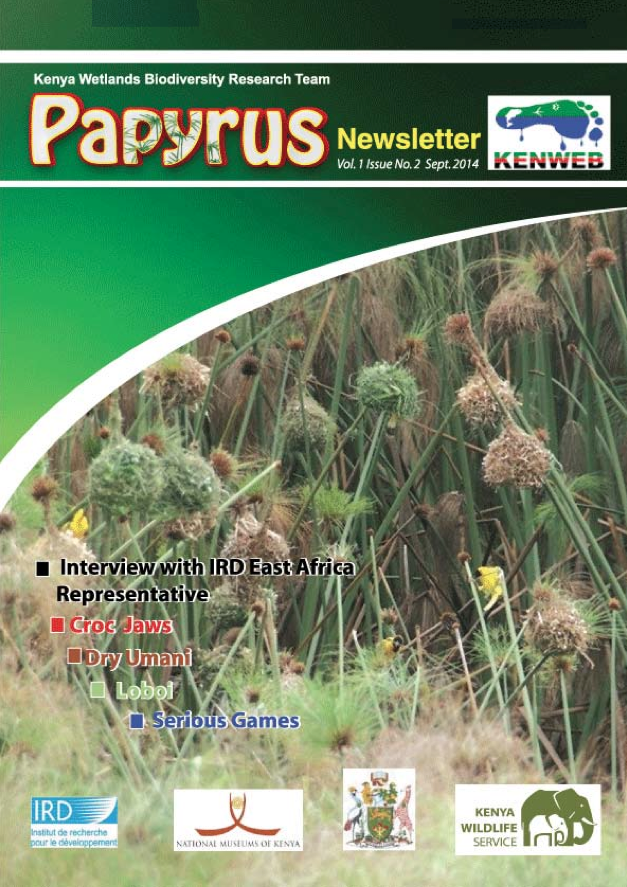News Archive
Umani Springs
Between the Chyulus, one of the world’s youngest mountain ranges, and the dangerous chaos called the Nairobi-Mombasa highway, lies a small and fragile green pearl around the Umani Springs, the Kibwezi forest. It has been naturally protected from vehicle access by the recent lava flows, some probably only a few hundred years old, which have created jumbled and sharp-edged ridges that form barriers to vehicles. In spite of having been designated a forest reserve in 1936 and covering just under 60 km2, it is relatively little studied but it accommodates considerable biodiversity values and provides renewable resources to a large number of users. Initially woodcarvers, charcoal-makers and hunters operated at sustainable levels and provided mainly local markets but increasingly their intensity and scale started eating into the natural capital, heavily degrading the most accessible parts by, for example, providing truckloads of charcoal as far as Nairobi.
Most of this area of Kenya, roughly between Machakos and the thin high rainfall coastal strip is semi-arid and covered by Acacia-Commiphora woodland of varying density. Though the soils can be quite fertile, the low rainfall and the absence of rivers are obstacles to agricultural development. A very large proportion has therefore been allocated to extensive livestock keeping or to wildlife in the 64,000 km2 Tsavo Conservation Area, best known for the Tsavo East and West National Parks and Amboseli National Park. Within this vast rangeland there are very few permanent water sources as the volcanic rock is highly permeable and rainfall quickly infiltrates. They exist only where there is a combination of a high rainfall area (higher altitudes) and a layer of Precambrian metamorphic rock that is impermeable, creating a contact zone where the infiltrated water resurges. The link between Mount Kilimanjaro and the marshes of Amboseli is well known, as are the Mzima Springs in Tsavo linked to the southern reaches of the Chyulu Hills (peak of over 2000 m).
The much smaller Umani “springs†that are at the origin of the existence of the Kibwezi forest are dependent on the rainfall on the northern part of Chyulu Hills where forest cover is relatively intact and which was incorporated into the Chyulu Hills National Park. Such groundwater flows are also highly sensitive and a small tectonic event can close off a route and open up another. This happened in the positive sense in Amboseli in late 1957 when resurgence suddenly increased and created the main marshes. In contrast to most of the other “springs†in the area (Kiboko, Kibwezi, Mtito Andei) where a small river ......Â
Tana Delta, The Movie
Latest News
-
FriOct242014The National Museums of Kenya (NMK) is hosting its 5th edition of the S...
-
FriOct032014Click image to download strategy




